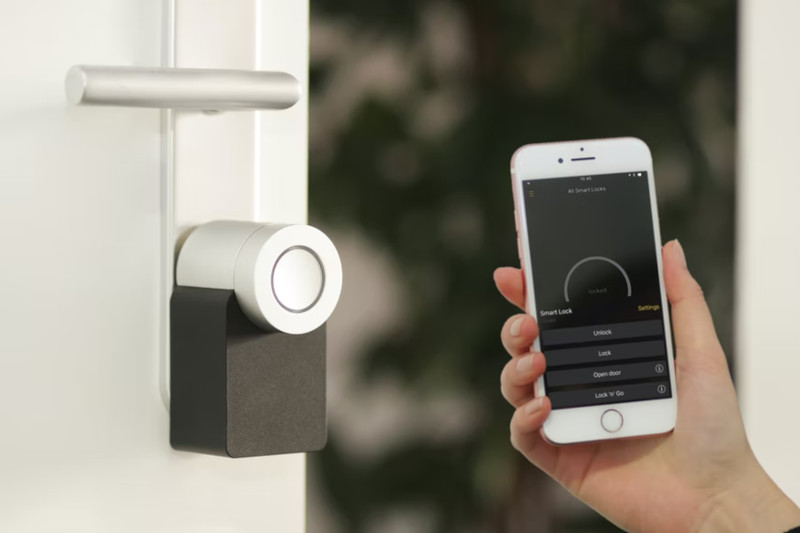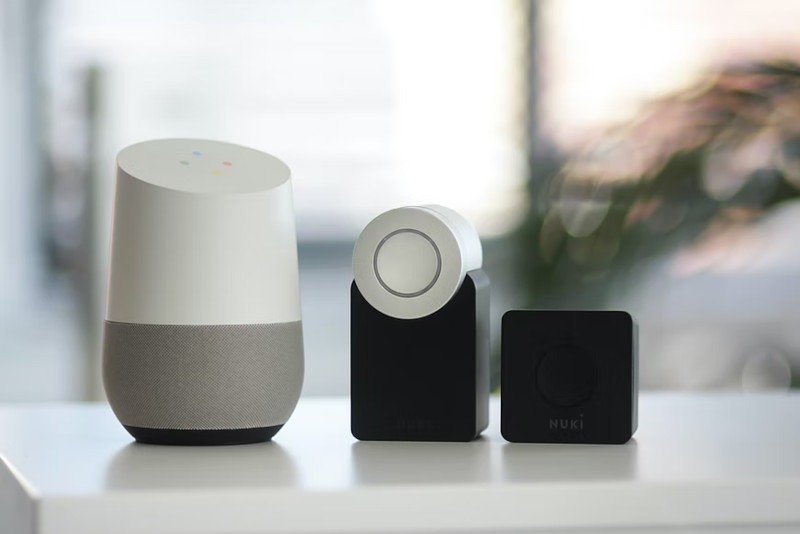Smart Home Technology: Advantages and Disadvantages
Smart upgrades are one of the best ways to quickly add value to your home but there can be some downsides to having all of that tech in your home. If you are thinking about making some tech changes to turn your humble abode into a "smart home" then you should consider the upsides and downsides first. Let's take a look at some of the best and worst parts of smart home technology.


Advantage: It makes things easier
Technology has been used to make things easier for a long time and it's been used quite a bit around the home in the last decade. Everything from faucets to refrigerators has suddenly become enabled with wifi so you can control them from anywhere in your home. For anyone who is comfortable with tech and prefers to do things hands-free, this has become a huge advantage.
Disadvantage: It makes things confusing
While some tech grades can be relatively simple to understand and control, others may not be, especially if you are not very tech-savvy. Many tech upgrades rely on a steady internet connection and an app to control the settings. Some apps may not work well with your device or they may be difficult to configure which means that the tech upgrade suddenly becomes pointless.


Advantage: It adds value
Any upgrade to your home will likely add value in the long run but smart upgrades add value along with giving the home a more modern feeling. Some buyers are looking for everything in the home to be top of the line and some things are hard to upgrade. Replacing your bathroom pipes is a difficult and expensive job but replacing the showerhead with a wifi-enabled option (that allows you to set the temperature and stream style before you even step in) will make the entire bathroom seem like it's gotten a facelift.
Disadvantage: It can be tricky to install
Most smart home upgrades are fairly simple to install but some might take a bit more work. Your wifi connection is an invisible net that only reaches so far from the modem it's emitting from and if your tech upgrade is too far away from the modem then it might not work well all the time. For something like a wifi-controlled irrigation system, a faulty or intermittent internet connection can be catastrophic and you will need to add additional wifi modems to prevent any issues.
Advantage: It can save you money.

The initial purchase and installation costs of some smart home upgrades can seem daunting but keep in mind that many of them will end up saving you money in the future. A lighting system is a great example when you consider that you can easily adjust the lighting level and turn off the power right from your phone. If you end up at the cottage for the week and you left your lights on then you can easily switch them off to avoid wasting money on your bill.
Disadvantage: It can cost you money
Some systems do require quite a bit of cost upfront, especially when you're replacing multiple things. If cost is an issue then you can work on one thing at a time and switch a few things over to smart systems instead of everything. Try a couple of wifi-enabled sprinklers or change out the lightbulbs in one room to smart bulbs to add some tech while avoiding the hefty cost.
Advantage: They are easy to access remotely
Many smart upgrades rely on your wifi system but they can still be adjusted from your phone if you are on the go with a good wireless connection. Imagine being able to start a bath for yourself while you're in an Uber back home or being able to adjust your garden's watering system if you see a pop-up storm rolling in. Smart home upgrades allow you to be at home without being at home and that can be a huge benefit.
Disadvantage: Other people can access them
This is a rare situation as many systems have started implementing much better security measures in place but there is the slim possibility that someone else can access your wifi system. This means that they might be able to access a few of the devices that are not password protected which can be a big security issue. There have been a few cases that have made headlines about smart home systems being hacked but these cases are very few compared to the number of smart home devices that have great security.
Advantages: They are easy to find and install
The idea of a "smart home" has been around for a very long time and people used to think of it as being reserved for the affluent only. Now you can buy smart home upgrades on Amazon, at your local hardware stores, and even at most grocery stores with a home section. It's easy to find everything you need to start making your home into a well-oiled machine.
Disadvantages: It relies on computers and power
One of the major disadvantages of smart homes is their reliance on things like power, stable wifi, and computers. It can be nice to turn on your dining room lights from your phone but if your phone is dead, broken, or lost then you're stuck with whatever you have it set to. Many smart home upgrades run on batteries that will need to be changed while others connect to your home's power supply which means they are knocked out when a power outage or wifi outage occurs.
Smart home upgrades are a great idea if you know about what they entail. Technology isn't going anywhere and there are so many places it can be added to your home to make it easier to use. As long as you know the advantages and disadvantages of smart home technology, you can use it wisely to improve your lifestyle.